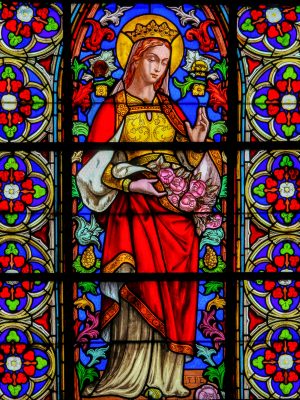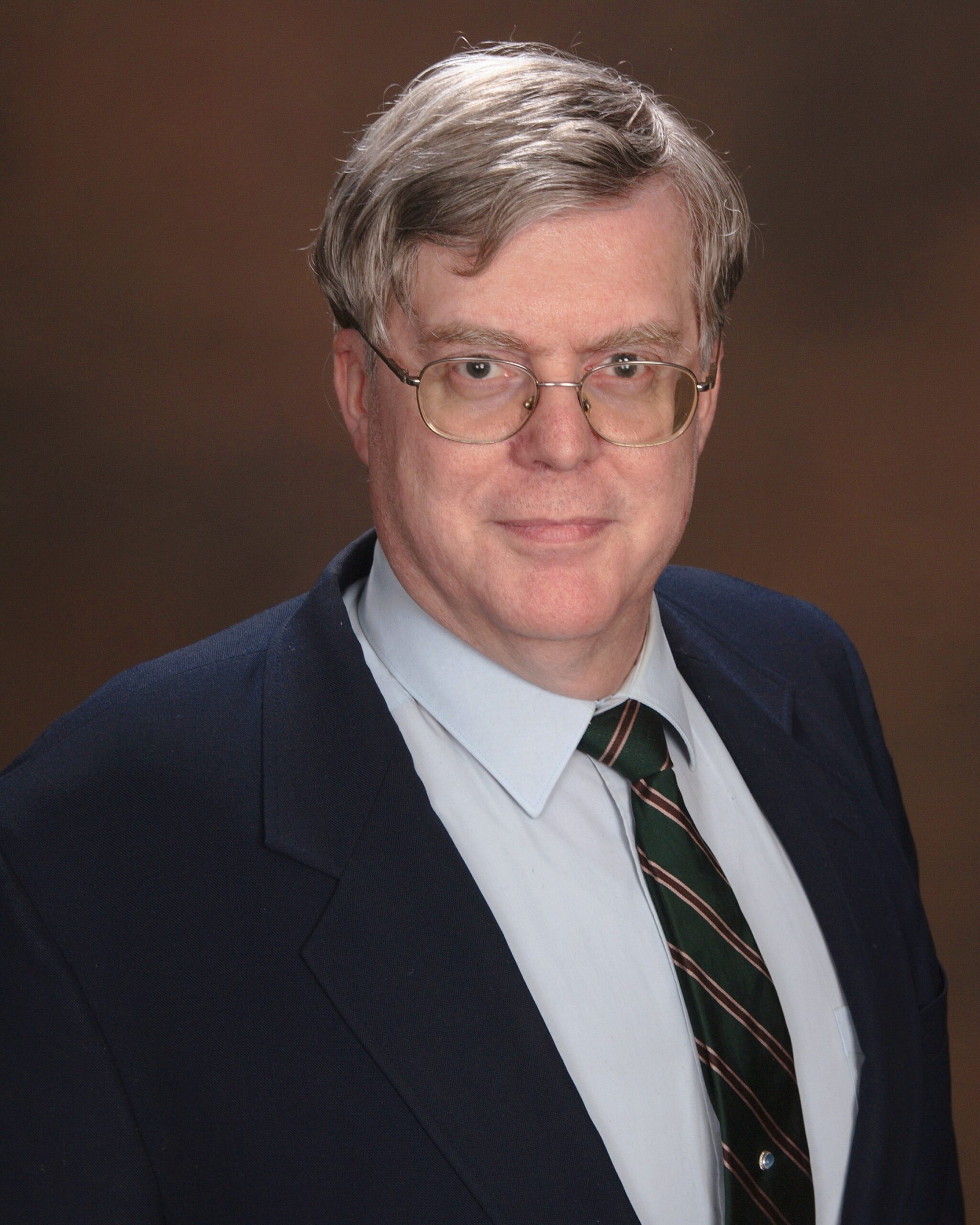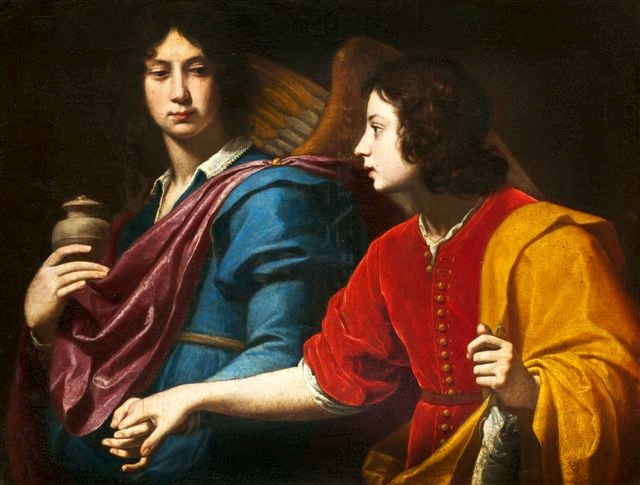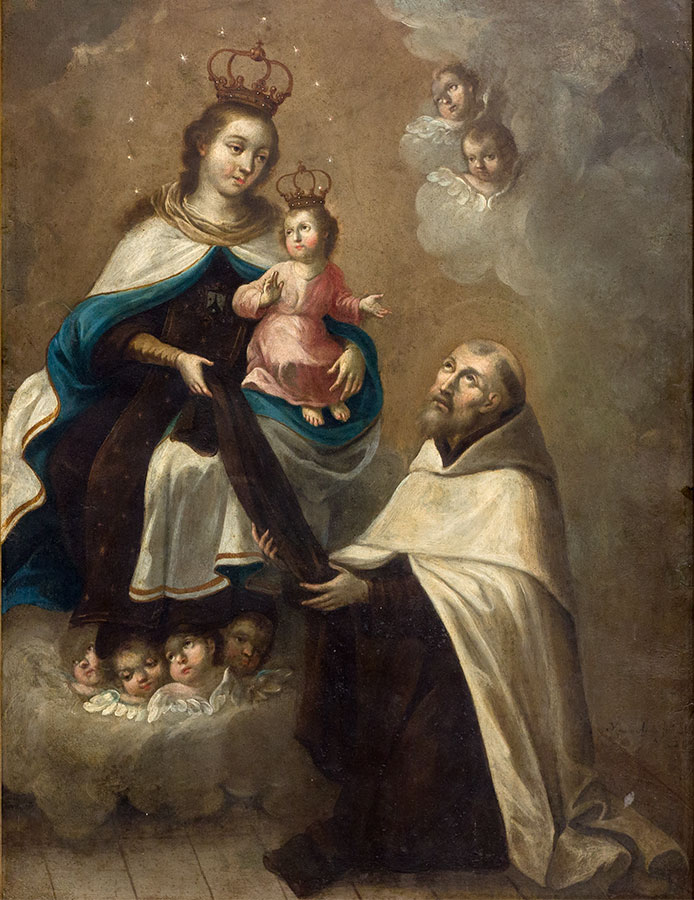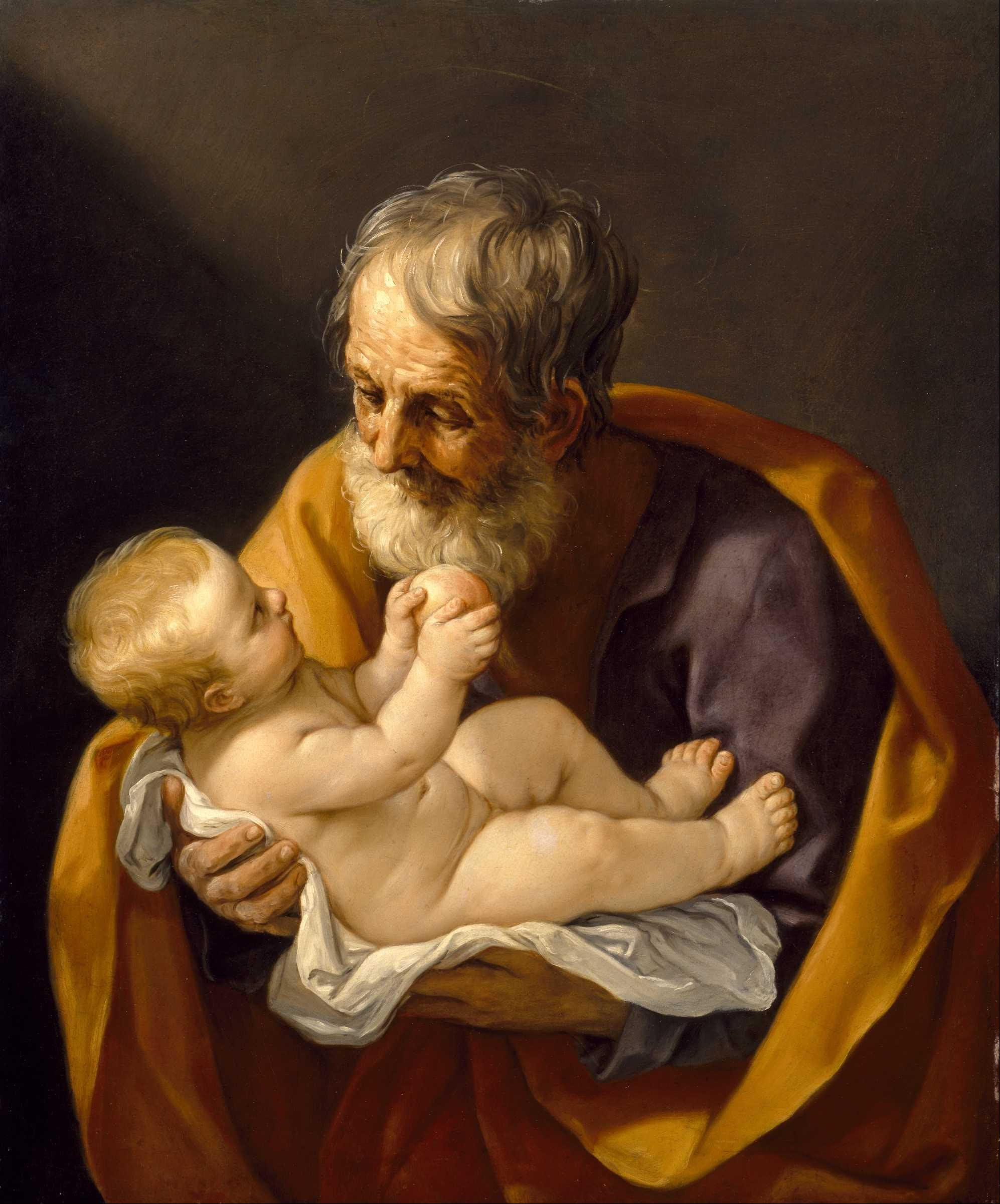By Michael D. Greaney
When I took Latin in college, the professor avoided readings about dividing Gaul into three parts and gave us Medieval poetry. A poem, which I have unfortunately mislaid, related the story of two monks. One decided he was going into the wilderness to live like the angels purely on spiritual things. Another tried to dissuade him but failed.
At the end of a month, starving and freezing, the spiritually inclined monk was back, begging to be readmitted. The other monk, after toying with him for a while by saying he couldn’t be their departed brother as he was with the angels, let him back in. The monk who had tried to take a shortcut to spirituality had learned that, while spirituality is more important than material things, you won’t get very far spiritually if you don’t take care of your material needs. Man does not live by bread alone, but it’s difficult to live without it.
The deeper lesson to be learned from the story of the two monks is that, while faith and spirituality are higher than reason and material things, faith and reason, like the spiritual and the material, must go together for a sound faith and a healthy spirituality. Further, while they all go together, it is a serious mistake to confuse them or think that one can substitute for or replace the other, as the spiritually inclined monk discovered.
The whole purpose of Catholic social teaching, in fact, is to correct the twin errors that the material can replace the spiritual, or the that the spiritual can replace the material. This becomes evident when we look at the origins of Catholic social teaching. Not surprisingly, it is rooted firmly in human nature and thus the natural law — not (as many insist) on the supernatural law.
Man, as Aristotle said, is by nature a “political animal.” Human persons ordinarily become more fully human — virtuous, and thus prepared to grow spiritually — within a justly structured social order. They do this by interacting with others in ways that benefit both themselves directly and other individuals and the whole of the common good indirectly. This helps create a social order that provides the environment for spiritual development.
That is why each human person has by nature inherent rights to life, liberty, and private property. While the existence of these God-given rights is absolute in every human person, however, their exercise is necessarily limited and socially determined. Denial of natural rights or defining their exercise in any way that nullifies them violates human dignity and alienates people from society and from each other. This creates barriers to people becoming virtuous and fitting themselves for their proper end, which is to be with God in heaven.
Life is essential because rights are otherwise moot. Liberty is essential because if a person is not free and of equal social status, he cannot exercise rights to their fullest possible extent and become virtuous. Private property is essential because power follows property. Without power — the ability for doing — rights cannot be exercised except as others permit.
When human labor was the predominant factor of production, virtually everyone had the means to participate in economic and social life. Whether they were permitted to is another matter, but Christianity stressed the hope that everyone might attain salvation. At least in theory, everyone had the inherent and effective right to participate in the social order and have access to the opportunity and means to become virtuous.
That changed when the reinvention of commercial banking and the invention of central banking triggered the Industrial Revolution. For the first time in history, it was possible to finance new capital on a large scale by increasing production in the future (future savings) instead of reducing consumption in the past (past savings).
The problem was that, as a rule, due to the demand for collateral before making a future savings loan, only the already wealthy were able to finance and own the new capital instruments. Ownership of capital became concentrated.
At the same time, the value of labor as an economic input relative to capital declined as capital replaced labor. Unable to produce directly with labor, increasing numbers of people sold their labor to the owners of capital. Social and political alienation followed economic alienation.
A few voices were raised insisting it is essential that the great mass of people own capital. A great many others, however, concluded that traditional religious, civil, and domestic institutions had failed. It was time to replace them with something new, a “democratic religion” that would eradicate organized religion, abolish private property, and eliminate marriage and family, replacing them with a single integrated organization. Material and spiritual life were to be fully integrated; material matters were spiritual and vice versa.
As Henri de Saint-Simon, author of the posthumous The New Christianity (1825), declared, traditional Christianity — especially Catholicism — was outdated. An immanent created god must replace the transcendent Creator God. The highest spirituality was the reorganization of society for the moral, material, and physical betterment of the poor.
As Saint-Simon’s disciples refined and developed their messiah’s doctrines, God is a divinized society. Religion consists of the group’s worship of itself. Pierre Leroux, a Saint-Simonian, coined a term that was adopted as the generic label for the movement: socialism, characterized by G.K. Chesterton as the external attack on Christianity.
Simultaneously, the internal and more subtle attack on the Church took shape in the form of the “theory of certitude” of Father Félicité de Lamennais, whom Charles Périn, who first used the term “modernism” in its Catholic sense, considered the first modernist. Most simply put, the theory of certitude is that knowledge of God’s existence and of the natural law can only be known by faith, not reason, except by the pope, whose is infallible in all matters of faith, morals, and reason.
When Pope Gregory XVI condemned the theory of certitude and other “novelties” in 1832 in Mirari Vos, the first social encyclical, de Lamennais at first submitted. Later, however, he repudiated his priesthood, renounced Christianity, and formed his own “Religion of Humanity.” He attacked the pope, the Church, and the established political and economic order. This resulted in the second social encyclical in 1834, Singulari Nos, in which Gregory condemned what would come to be called socialism and modernism as rerum novarum, “New Things.”
Gregory also sponsored the Thomist revival to counter what Chesterton called the “muddle-headedness” of socialism and modernism. A leading figure in the revival was Msgr. Luigi Taparelli, S.J., who first used the term “social justice” in its Catholic sense. He took the term from the socialists who used it and a redefined distributive justice to describe forced redistribution.
In his Essay on the Theory of Natural Law (1840), Taparelli explained that his principle of social justice consisted of the indirect beneficial effect that individual acts have on the whole of society if carried out in a manner consistent with the teachings of the Church. Social justice was not — and could never be — the abolition of private property, a substitute for charity, or any other socialist formulation. Rather, it was based on the right of every person to full participation in the common good, a principle also asserted by Taparelli’s brother Massimo, a Sardinian statesman.
Pope Pius IX continued Gregory’s efforts, culminating in the First Vatican Council. Countering de Lamennais’s theory of certitude, the Council Fathers defined the primacy of reason in matters relating to knowledge of God’s existence and of the natural law. They limited papal infallibility to faith and morals, and then only under certain conditions.
Socialism and modernism continued to spread, however, and in 1891 Pope Leo XIII issued Rerum Novarum, a new type of social encyclical. Where previous popes had merely condemned, Leo presented an alternative to socialism: “The law . . . should favor ownership, and its policy should be to induce as many as possible of the people to become owners.” He then declared that a society in which capital is broadly owned would be the most conducive to fostering a just social order and virtuous people.
Leo, however, omitted a means whereby the law could be changed effectively, and then suggested an inadequate method of financing expanded ownership: raising wages. This allowed both capitalists and socialists to relegate the main object of the encyclical, the creation of a just social order in which people could become virtuous through ownership, to prudential matter, and claim that what the encyclical really demanded was a “living wage” as the highest material and thus spiritual good.
Based on previously overlooked thought of Aquinas, Pope Pius XI developed Taparelli’s principle of social justice into a particular virtue. This gave a practical means to reform institutions of the common good to achieve a just social order. He also reiterated Leo’s three-step program to establish and maintain “the peace of Christ in the Kingdom of Christ”:
- Acts of individual charity and justice to take care of people’s immediate material needs,
- Organize to restructure the social order through acts of social justice to reform institutions, making it possible for people to take care of themselves, primarily through capital ownership, and
- Assist each person to become virtuous and grow spiritually.
By not suggesting a financially sound and ethical means for people without savings or adequate income to acquire capital, however, Pius XI left the door open to continued reinterpretation of Catholic social teaching. At one and the same time, people joined and separated the material and the spiritual, admitting contradictions. As Chesterton observed, this “split the human head in two.” People rejected spiritual matters as nonsense when focusing on the material and disparaged the material world when they were being spiritual.
In 1958, lawyer-economist Louis O. Kelso and “Great Books” philosopher Mortimer J. Adler published the inaptly named The Capitalist Manifesto, solving the problem of how people without savings or adequate income can become owners without redistribution or redefining private property. By then, however, circumstances had convinced many people that the New Things and Catholic social teaching were simply different names for the same thing.
The Second Vatican Council was intended to restart the restructuring of the social order and establish the Reign of Christ the King to provide a proper environment for spiritual growth. It was that a faulty interpretation diverted into soft socialism and muddle-headed modernism and used to justify the very things it opposed. The struggle continues to the present day, with many otherwise well-intentioned people seeking not the proper end of Catholic social teaching as the foundation for spiritual growth consistent with both faith and reason, but the annihilation of Christianity.
The author has recently written The Greater Reset which is available from TAN Books.



